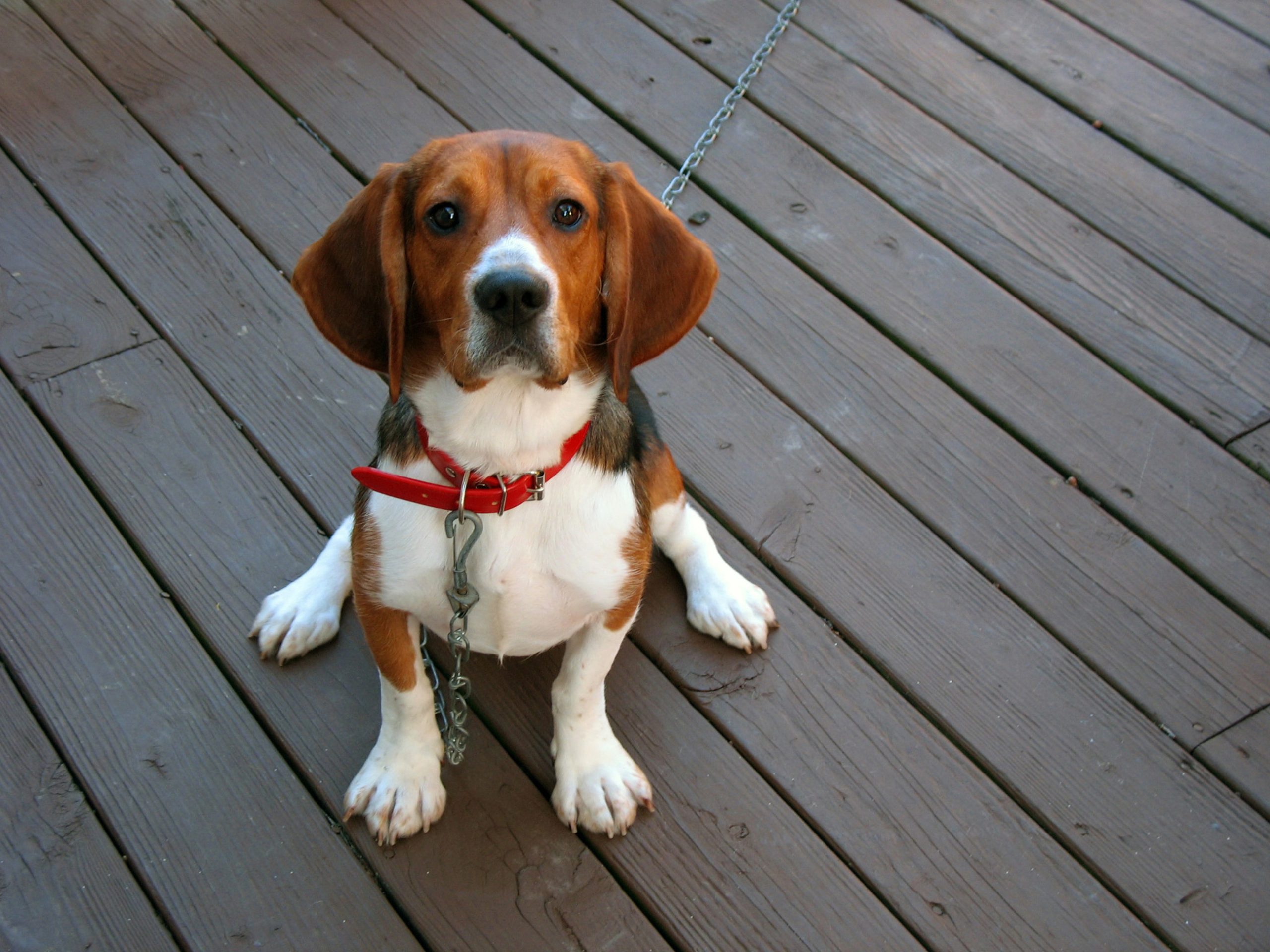Welcome to the world of dog training! Whether you’re a first-time pet owner or an experienced dog parent, there are always new things to learn when it comes to raising and caring for your furry friend. In this blog post, we will cover everything you need to know about puppy training methods that work best at every age and stage of development. Let’s get started!

When to Start Puppy Training:
The sooner you start training your pup, the better. Ideally, you should begin as soon as they come home with you. Even if they’re just a few weeks old, you can start teaching them basic commands like “sit” and “stay.” This will help establish boundaries and set the tone for future training sessions. Plus, starting early on potty training is essential in preventing accidents inside the house.
The Best Potty Training Methods for Your Puppy:
Potty training is one of the most important aspects of puppy training. It requires patience, consistency, and positive reinforcement. One effective method is crate training, which involves confining your pup to a small space during the day while you’re away. Whenever he needs to go potty, take him outside immediately after he wakes up from his nap or finishes eating. Another option is using a leash and collar to guide your pup to the designated bathroom area. Reward him with treats whenever he goes potty outdoors.
Obedience Training Tips for Every Age and Stage of Development:
As your pup grows older, obedience training becomes more critical. Teach your pup to obey simple commands such as “sit,” “down,” “come,” and “heel.” Use positive reinforcement techniques like clicker training or treat rewards to encourage good behavior. You can also use distraction training to prepare your pup for real-life scenarios where there may be noise, people, or other animals around.

How Many Days per Week Should You Train Your Dog:
Dog training shouldn’t feel like a chore; instead, make it fun and enjoyable for both you and your pup. Aim for three to five training sessions per week, each lasting 10-20 minutes. Consistency is key, so try to stick to a regular schedule. If you notice your pup getting bored or frustrated, switch up your training routine by incorporating games or activities that challenge their brain and body.
Indoor Puppy Training: Setting up a Safe Space:
If you live in an apartment or have limited access to outdoor spaces, indoor puppy training is necessary. Set up a safe space for your pup where they can play, rest, and relieve themselves without causing any damage to your home. Provide plenty of chew toys and puzzle games to keep them entertained while you’re not around. Also, consider using pee pads or litter boxes for easy cleanup in case of accidents.
To wrap up, remember that dog training isn’t just about teaching your pup tricks or behaviors. It’s also about building a strong bond based on trust, respect, and communication. Be patient, consistent, and kind, and you’ll see results in no time!